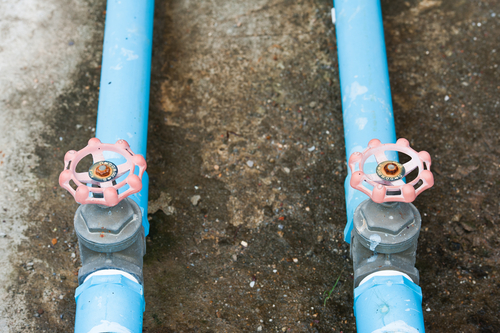On August 6, 2012, a fire at a refinery in California shut down the facility for months and sent more than 15,000 nearby residents to local hospitals with breathing problems. The fire occurred when a 52-inch section of pipe leading from a crude oil distillation tower began leaking flammable hydrocarbons that formed a vapor cloud and quickly caught fire. Metallurgical analysis of the failed pipe section determined that the pipe ruptured due to extreme thinning of its walls caused by sulfidation corrosion.

Yesterday, we talked about chemical incident response; today, we’ll look at one of the U.S. Chemical Safety Board’s (CSB) key recommendations for preventing chemical releases. The CSB recommends that all facilities that are subject to process safety requirements look at whether they can replace process components with components that are less susceptible to failure—a practice referred to as the implementation of inherently safer systems. Are you implementing inherently safer systems at your facility?
Inherently Safer Systems
The CSB emphasizes that inherently safer systems and technologies:
- Require comprehensive hazard analysis. Specific technologies are only inherently safer when directly compared to another technology used in the same application for susceptibility to a specific hazard or risk. Because a given technology may be inherently safer with respect to one risk but not safer for another risk, a comprehensive, documented hazard analysis that considers the risks of personal injury, environmental harm, lost production, and the economic feasibility of each option is vital to implementing inherently safer technology.
Think you have no time to train? Think again. BLR’s 7-Minute Safety Trainer helps you fulfill key OSHA-required training tasks in as little as 7 minutes. Try it at no cost and see!
- Are most easily implemented during facility design. Inherently safer features introduced during the design process are simpler, less expensive, and more effective to implement. For existing processes, take full advantage of planned process upgrades, rebuilds, and repairs to put inherently safer technologies in place.
Effective, 7-minute sessions providing comprehensive safety training at an average cost of $1 a day. Get the details.
- Should be considered in terms of layers of protection. Replacing one process component with a safer process component provides a single “layer of protection.” In high-risk processes, it is vital to put multiple safeguards, or layers of protection, in place. Conducting a “layers of protection analysis” can help you to determine whether you have reduced your risk to the lowest practical level, and can help you prioritize and implement technologies so the most cost-effective and beneficial technologies are implemented first, with more costly and less-effective technologies implemented later or not at all.
Another way you can reduce your risk is to check out the process safety management and incident response resources available on Safety.BLR.com®.
